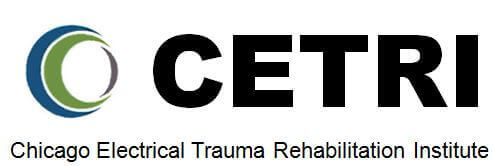
Understanding the Difference Between Commercial Power Electrical Shocks and Lightning Shocks
Electrical shock injuries can result from contact with either lightning current or commercial electrical power current. The extent of injury depends on several factors, and there are notable differences in how they affect the body and their clinical manifestations. This article will discuss the differences between lightning and commercial power electrical shocks. Additionally, we provide examples of various scenarios involving both types of electrical shocks.
Characteristics of Lightning and Commercial Power Electrical Shocks
Lightning shocks typically deliver electrical current in very brief pulses, while commercial power shocks with voltages less than 1000 volts often involve longer duration pulses. These longer duration pulses penetrate throughout the body, whereas direct lightning contact delivers most of the current to the body surface. Consequently, physical damage to tissue beneath the skin is common for electrical shocks from commercial power sources, but it is uncommon in the case of lightning contact.
Exceptions and Unique Scenarios
There are circumstances in which lightning can deliver long-duration current pulses. For instance, an electrical shock may be received by a person in contact with a vehicle struck by lightning. In this situation, the vehicle is charged by the lightning pulse and then discharges with a current path through the person(s) touching the vehicle.
Conversely, commercial electrical power can deliver short-duration pulses if the current arcs from a power source to a nearby person. This is more likely to occur when the voltage for the power source exceeds 1000 volts.
Lightning and commercial power electrical shocks differ in duration, current delivery, and the extent of injury they cause. Understanding these differences can help in the appropriate management and treatment of electrical shock victims.
